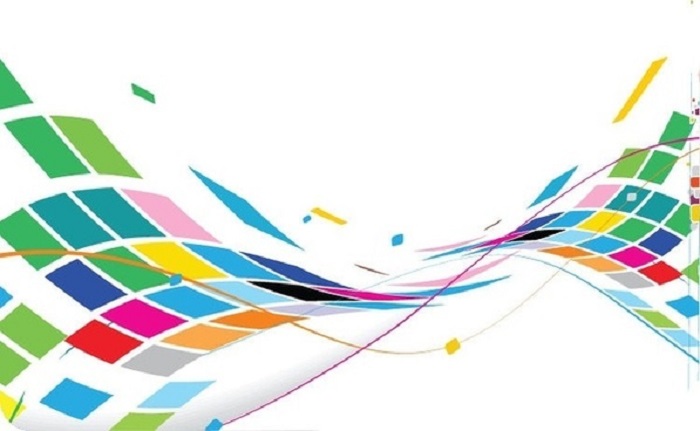What is the first thing that catches your attention when you look at a house, gadget, or automobile? I’ll tell you. It’s the design! When you look at a building, your first interaction with the structure is the architectural touch on the house. When you say a building is beautiful, what do you look at? The structure (generally) and the paint (colour). Likewise, when you look at a car, the design (the shape, size, components, etc.) and the colour are the things you appreciate. That’s when you can say a car is beautiful. This instance is an illustration of how graphics affect the choice and preference of humans. Take a look at your room, office, the phone you carry, your television, and other things. It affects every decision we make.
Effects on communication and education
Graphics refers to visual images or designs made by graphic arts on a surface like a wall, paper, cloth, screen, etc. This definition tells that it is what you see when you look around you. Photographs, drawings, paintings, maps, symbols, and even typography are all graphics. Designs have a significant influence on communication because the ambiguity or clarity of communication can be dependent on it. A practical application is when you go to a store, if you want to buy a product, sometimes, all it takes to get your attention is just the packaging design. Before you know it, you are buying it.
The effect of the design is also seen in learning, both academically and non-academically. It is recommended that classroom design be aesthetically appealing in schools, especially primary schools, and high schools. The classroom design has been proven to have a significant impact on the learning outcome of students. Also, Students prefer to read books with pictures and diagrams than reading books with just text. Here is one of the significant applications of print design. Book printing undergoes the normal graphic printing processes starting with proper design software, accurate layouts, suitable image, appropriate color process (RGB or CMYK), prepress process, printing with a suitable printer, and finishing.
The effect of graphics doesn’t stop at what we see physically, but also on the screen. The websites, software, and mobile applications we use daily are all products of UI/UX (User Interface/User Experience) Design. It means they are all products of Graphic Design. You prefer to visit a particular website to another website with similar content, just because you like the interface (design) of the site better. You might not know the reason as it is unconscious sometimes, but it happens to everyone a lot of time. This is why it is advisable to always consult a UI/UX designer before building a website or mobile application.

Graphical influence on the internet
Since almost everybody uses the internet every day, we can all learn to appreciate graphics even more. You’ll discover that the gameplay environment is aesthetically fascinating if you play online games like strategy games, RPGs (role-playing games), or even online slots. The internet is a very competitive space for those who earn through it. The higher the number of viewers, the better the ‘cashflow.’ Besides content, the chances of getting a high number of viewers or audiences depend on the graphics of your website. For example, after identifying the best live casinos, if you have ever tried to play casino online, you are faced with the challenge of settling with one. The reason is not far fetched as the next thing you see is a series of tiles (posters), and you try to make a decision judging by the design you see on each tile.
Conclusion
It is easy to ignore graphics and reckon it as unimportant. I believe we can all agree that it has a significant influence on us even more than we realize as it unconsciously and unconsciously affects us. The impact can be either good or bad, but we cannot deny its influence on our daily experience and interaction.

